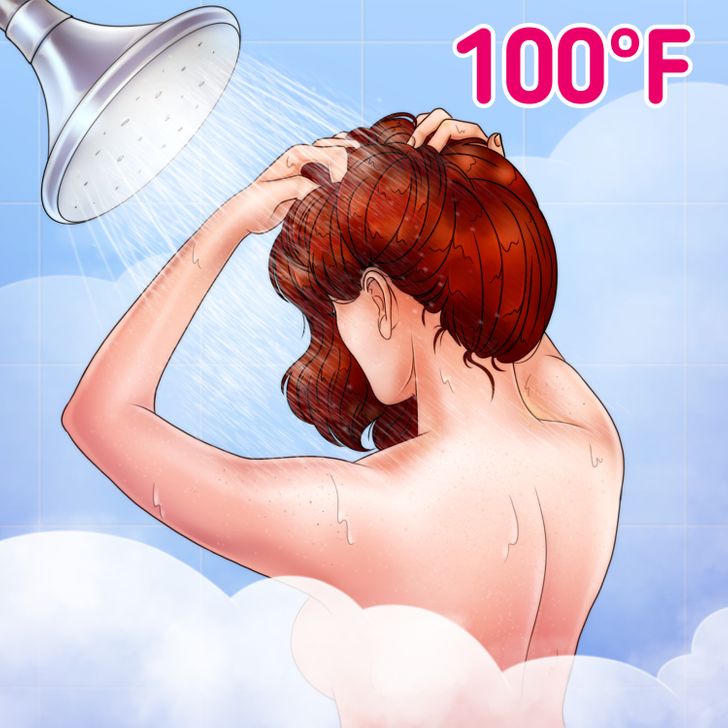How to Maintain Healthy Hair at Home

Beautiful shiny hair is rarely a gift of nature. Most of the time, it’s a result of good care and lots of attention.
5-Minute Crafts has prepared detailed instructions on how to take care of your hair on your own to keep it healthy and beautiful.
How to choose hair care products
Shampoo and conditioner are the 2 most important hair care products. You can always use masks, serums, and nutritious oils as well.
- The type of shampoo you choose should be based on the scalp type, and less often, the hair’s condition. The job of the shampoo is to remove grease and dirt. In oily hair, it should help prevent the production of sebum; for dry hair, it should prevent flaking; and for neutral hair with an ordinary scalp, shampoo should fight dandruff.
- Conditioners are chosen based on the condition of the hair. They make the hair softer, easier to brush, and improve the overall look. A very comon situation is dealing with an oily scalp but with split, dry ends. In this case, you should buy a shampoo for oily hair and a conditioner for dry hair.
- Masks, serums, and oils are used for nutrition and solving specific problems. For example, a mask for split ends “glues” the hairs and makes them look better. And serums for dry hair moisturizes the strands.
How to wash your hair

-
Wash your hair with shampoo when it gets dirty. You can even do it every day if needed.
-
You will probably not be able to “teach” your scalp to produce less sebum: it’s defined by hormones and not by how often you wash your head. Make sure the shampoo doesn’t contain any aggressive components (like sodium laureth sulfate and sodium lauryl sulfate) that will irritate the scalp and stimulate it to produce more sebum.
-
Put some shampoo on the scalp, massage it until foam appears, and wash it off.
-
Don’t wash your hair in very cold or very hot water — this also stimulates the production of sebum. It’s best to use warm water.
What else to use

-
After washing your hair, you should use a conditioner. Put it on the hair while avoiding the scalp and the roots of your hair, and keep it there for several minutes.
-
Once a week, the conditioner can be replaced with a mask, and after washing, you can use a serum or oil.
-
Before using any hair products, read the instructions and the recommended frequency of use. If you notice that your hair gets greasy faster, it’s a sign that a product needs to be used less often.
Protection from the sun
How to dry your hair

-
Try drying your hair in a natural way without using a hairdryer.
-
If it’s impossible, dry your hair at a minimum temperature and keep the hairdryer 7-10 inches away from the hair.
-
Don’t rub wet hair with a towel. Instead, use a towel to wrap it around the head and fix the towel with a hairpin. Wait for the hair to dry a little, remove the towel, and let the hair dry naturally.
How to brush your hair

-
Use brushes and combs made of natural materials (such as wood). This will minimize the damage to your hair and prevent it from falling out.
-
Brush your hair when it’s dry, not wet. Wet hair is more prone to damage while dry hair is not.
-
Move from the bottom up when brushing hair. First, untangle the ends, then move close to the head. In extreme cases, you can put some conditioner on the knots of hair and untangle them with a brush, carefully.
Salon procedures
-
Trim your hair every 6-8 weeks. This is useful to decrease its vulnerability and prevent split ends.
-
Remember that keratin treatments and botox are mostly decorative procedures, not actual hair care. Many procedures require pretty aggressive components that damage your hair.
-
Hair care is provided through special salon treatments and may include masks, serums, and more. They give the necessary microelements and improve the appearance of hair.